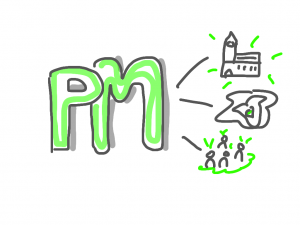 I would like to dedicate this post to the idea of the blogparade on “Beyond PM”, which was called by Markus Raitner.
I would like to dedicate this post to the idea of the blogparade on “Beyond PM”, which was called by Markus Raitner.
PM as an everyday tool or still at the beginning of the life cycle
Project management has now entered the basic toolbox of managers and subject matter experts in all disciplines. But the instruments, processes, tools and concepts developed for project management are constantly increasing. Agile methods, Scrum, systemic project management, and and and. But can I use all methods for all projects? Scrum, emerged for software projects on large construction projects? Classic project management methods for R&D projects? This requires that all projects can be controlled equally on a meta-level. We will take a closer look at this in the following.
Three basic project types
I like to distinguish between 3 types of projects:
- Technical Projects/ Performance Projects: This type of project represents the classic notion of a project. The goal is the creation of a concrete work, a church, cathedral, bridge, software, etc.. Starting from an idea, a first draft is created, which may be slightly adapted again and again in the course of the project, but the basic design remains the same. In the case of an airport, for example, it is not usually decided along the way that a swimming pool should be built after all. However, minor adjustments to the design that cause problems along the way or where new knowledge is processed are possible. This means that non-load-bearing walls can still be moved within limits, door widths adjusted, etc. However, the basic design is no longer touched after a certain point (freeze point).
- Research projects: This type of project is characterized by starting with an idea, which is then repeatedly adapted in the course of the project. The original goal does not represent a clear work, but as a rule often a search space, which is adapted again and again with the project process to the new realizations. Hypotheses are formed and tested, falsifications and adjustments are made. The idea remains the same, but the design can change constantly. Likewise, the image of the final work that, like a cloud, spans a space of action, which, however, if the project is to be successful, becomes smaller and smaller in the course of the project and thus narrows the search movement in favor of implementation.
- Change projects: A third basic type is change projects. Instead of having a concrete work in mind as an idea or goal, these projects aim to change people, including the project team itself. They can thus be understood as self-referential projects that have as their task the creation of change in a social group and thus also in the project team itself. This leads to the fact that already the idea and objective itself, as well as the design become the subject and work of the project. Not the implementation and the result, but the path is the goal. In the course of the project, the most important thing is to adapt mind-models and to create and adapt a common image of oneself and the world, which then ultimately has an effect on one’s own actions and thus allows the desired project result to become visible. If, for example, a change project is intended to promote more initiative or innovative strength within the company, it is important to work on the following three levels (a) Perception, (b) Interpretation of this perception, (c) work meaningful actions. Due to the individuality of the people, there will be different images on all three levels, which, like the blueprint of the cathedral, cannot be designed as a technical drawing on paper that is clearly visible to everyone at some point in time, but rather must be reconciled again and again in a constant struggle as the superimposition of the most diverse mental images and the comparison of the most diverse interpretations of language.
Consequences
I hope that with the three project types it becomes clear that “project management” cannot really exist. While all projects and PM tools always have the magic triangle of PM in mind:
- Time control: How can I plan and control the time dimension of the project, what will take how long and when will I reach the end
- Resource management: How many resources do I need for successful implementation (money, manpower, etc.)?
- Results management: How can I measure quality and target achievement at an early stage and take countermeasures if necessary?
However, the individual weighting and design of these instruments in the three dimensions is neither equally important nor the same depending on the project type. The task of us in research and practice will rather be to understand these different project types even better and to transfer their differences also to the corresponding development and application of concrete tools. In the IT sector, a big step has already been taken here with Agile methods and SCRUM. In the area of change projects, this is certainly still to come in the coming months and years.
This post is part of the blogparade “Beyond Project Management” in which there is already plenty of fodder for discussion of new PM approaches.
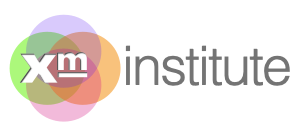
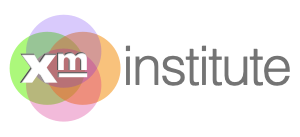
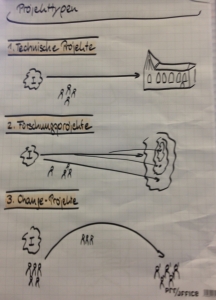
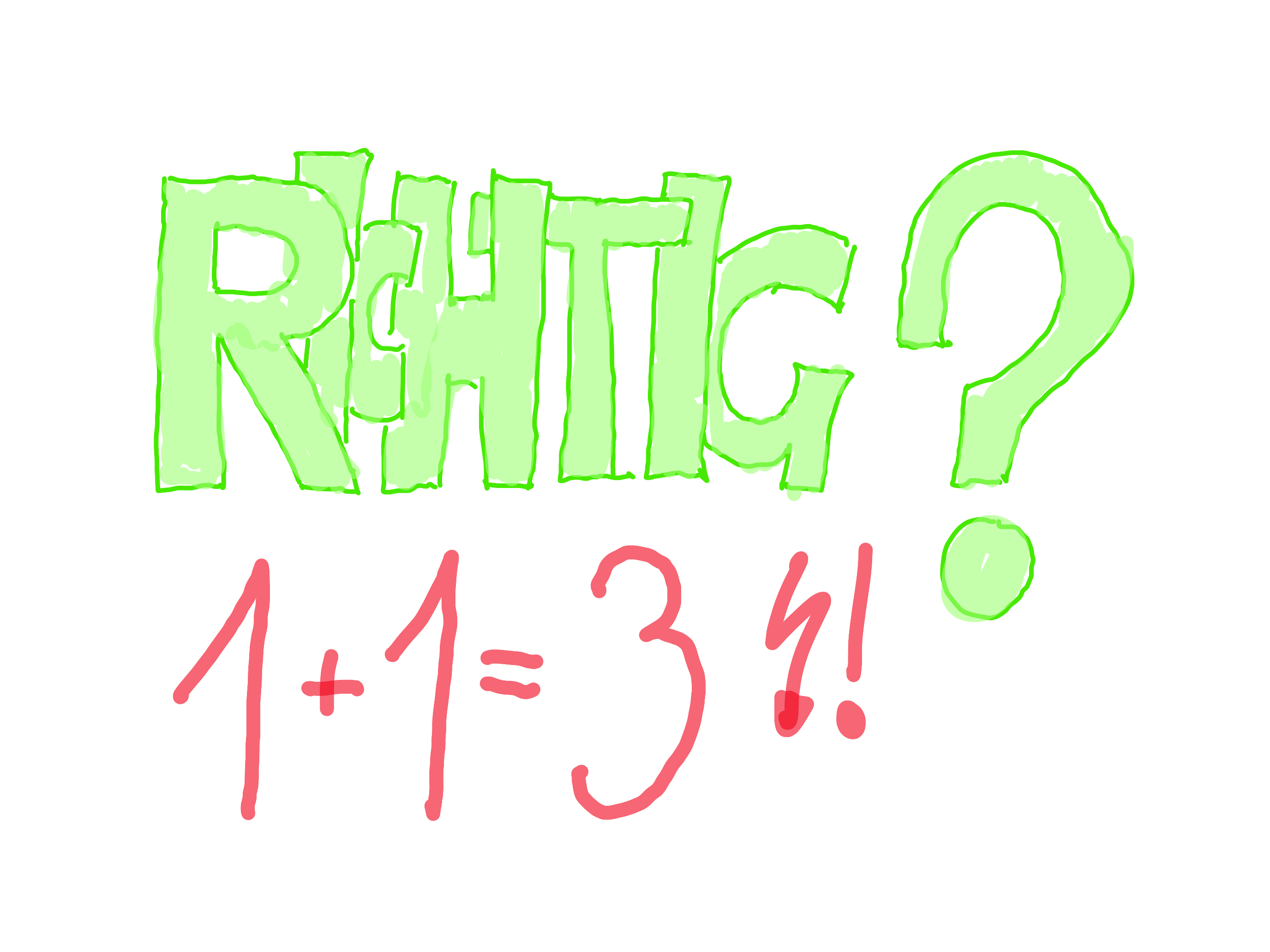

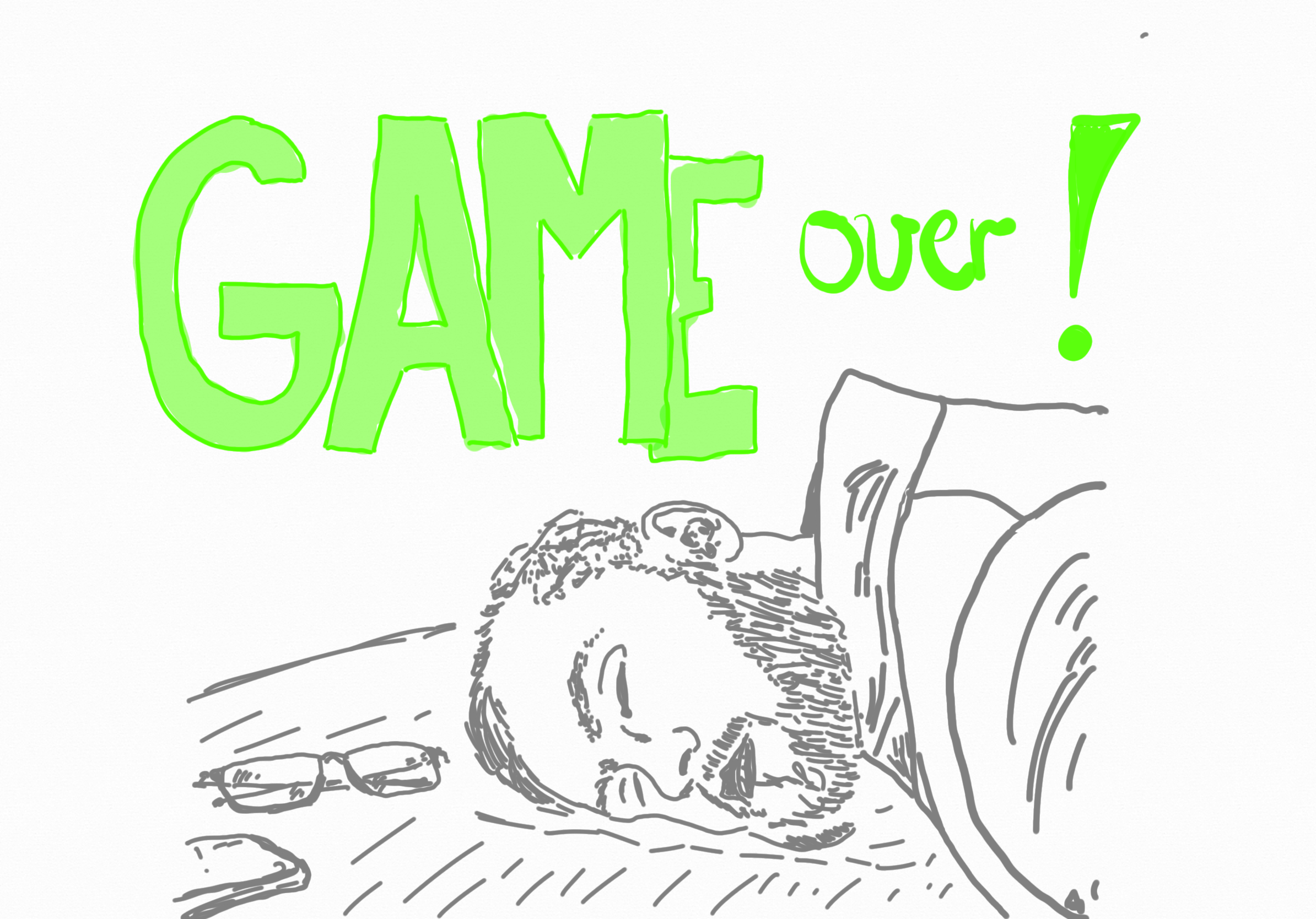
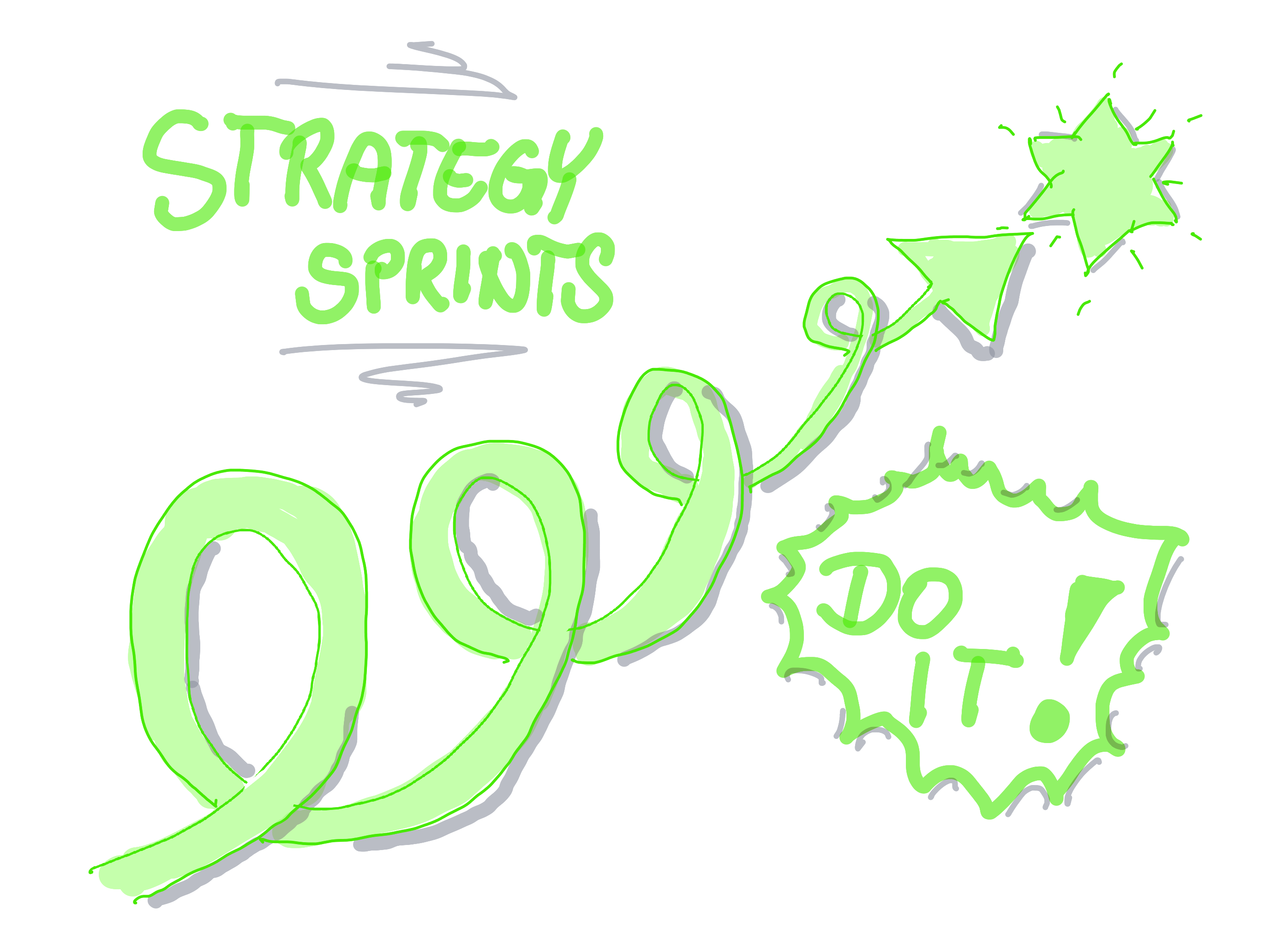
Leave A Comment